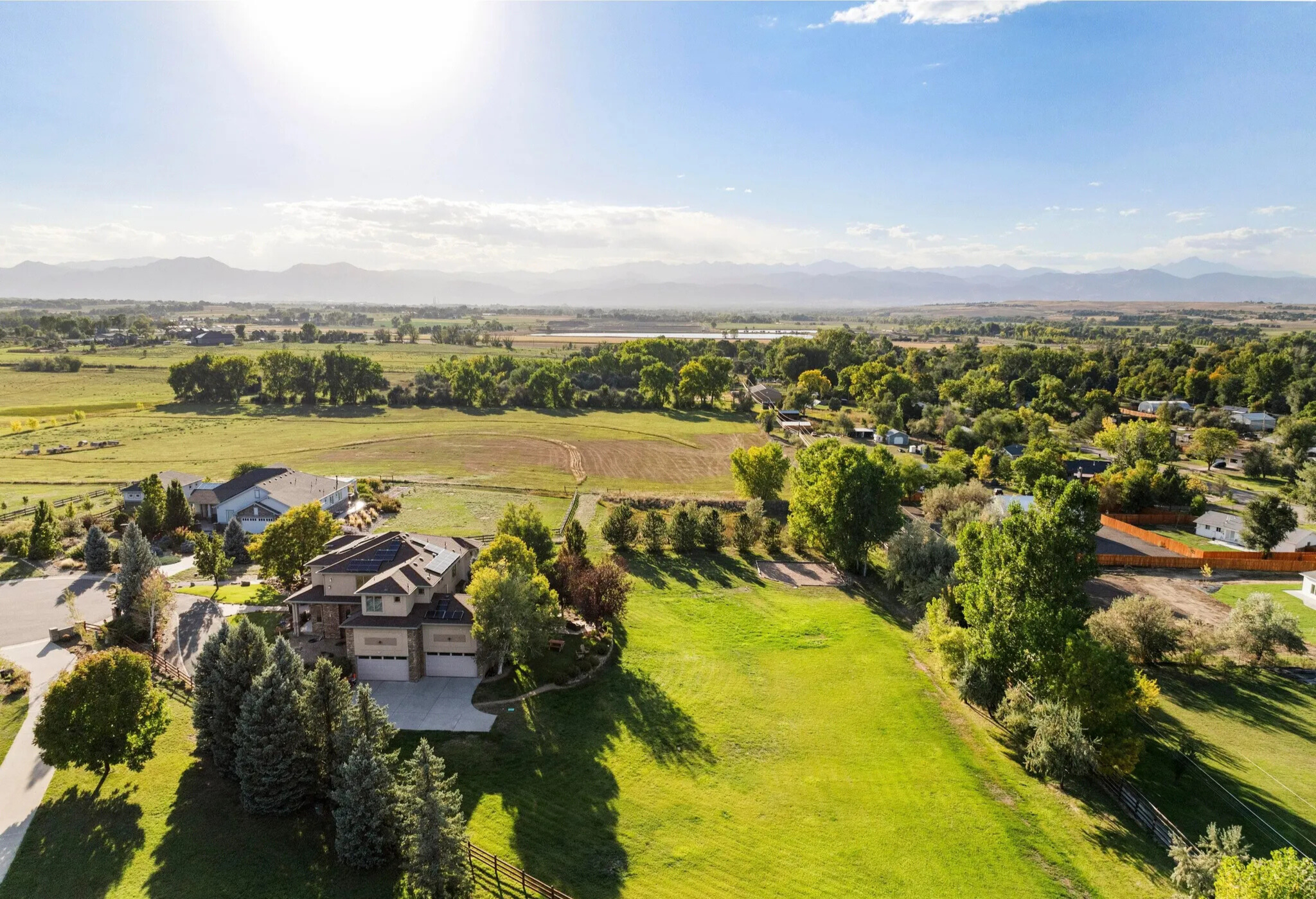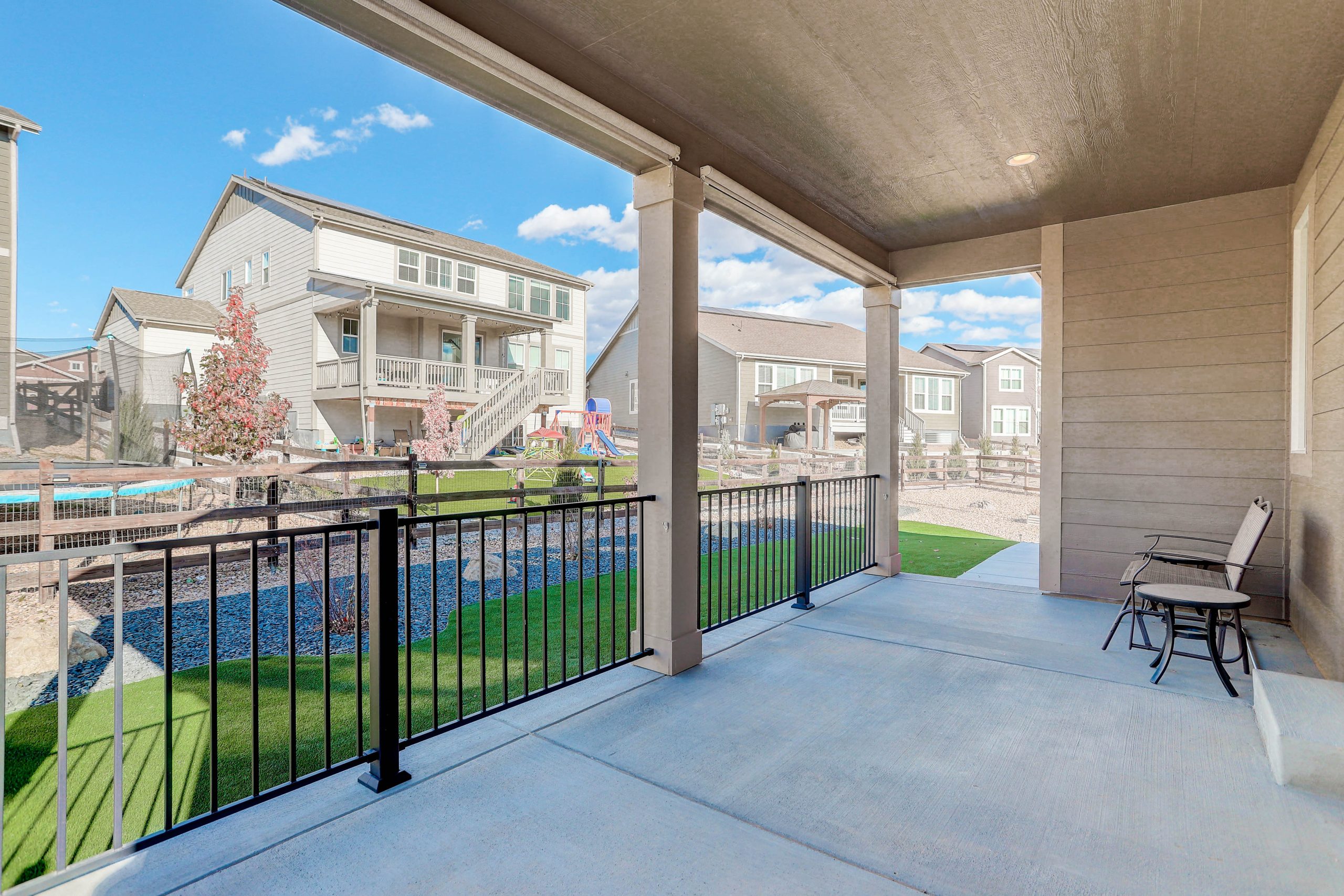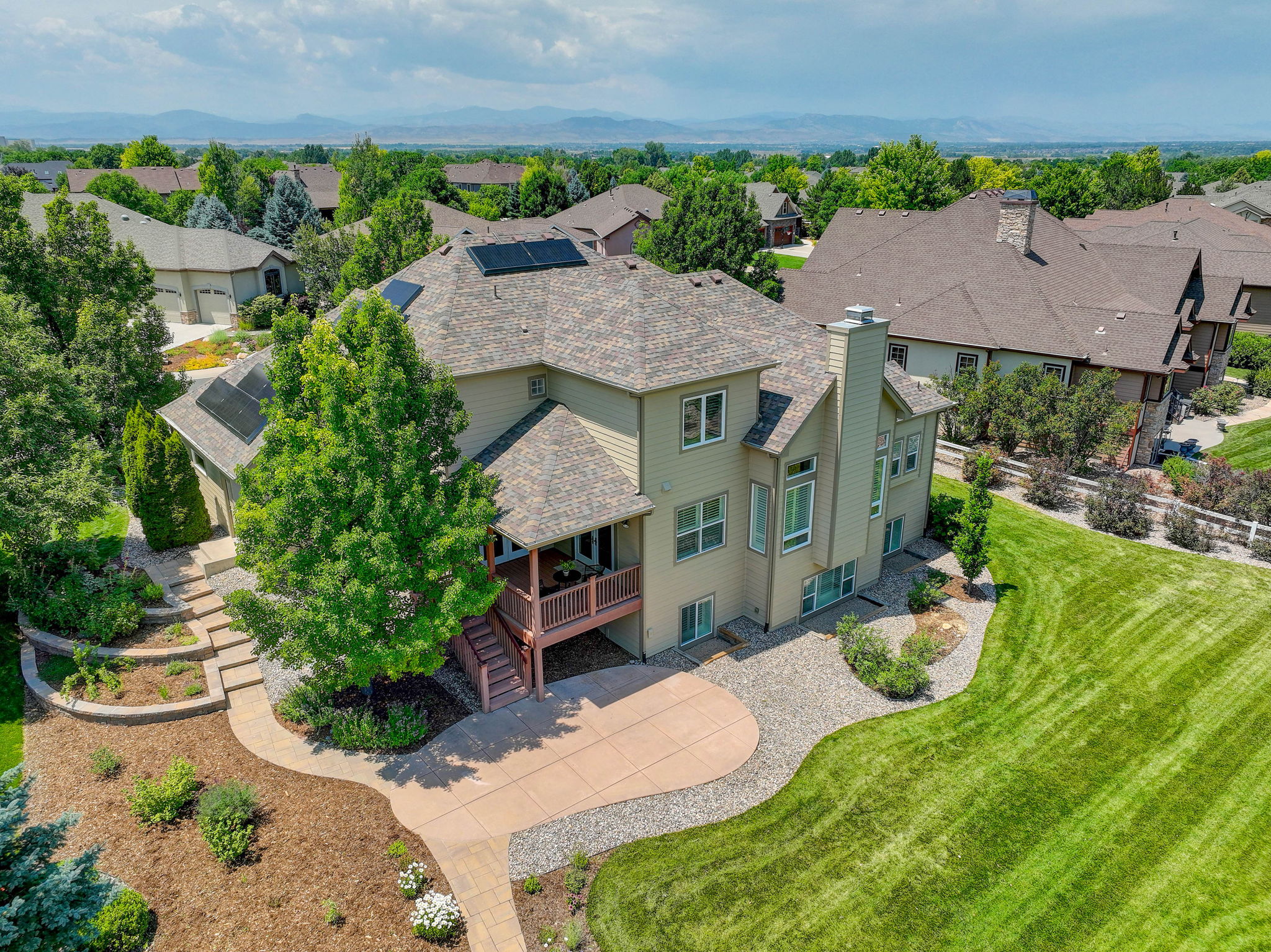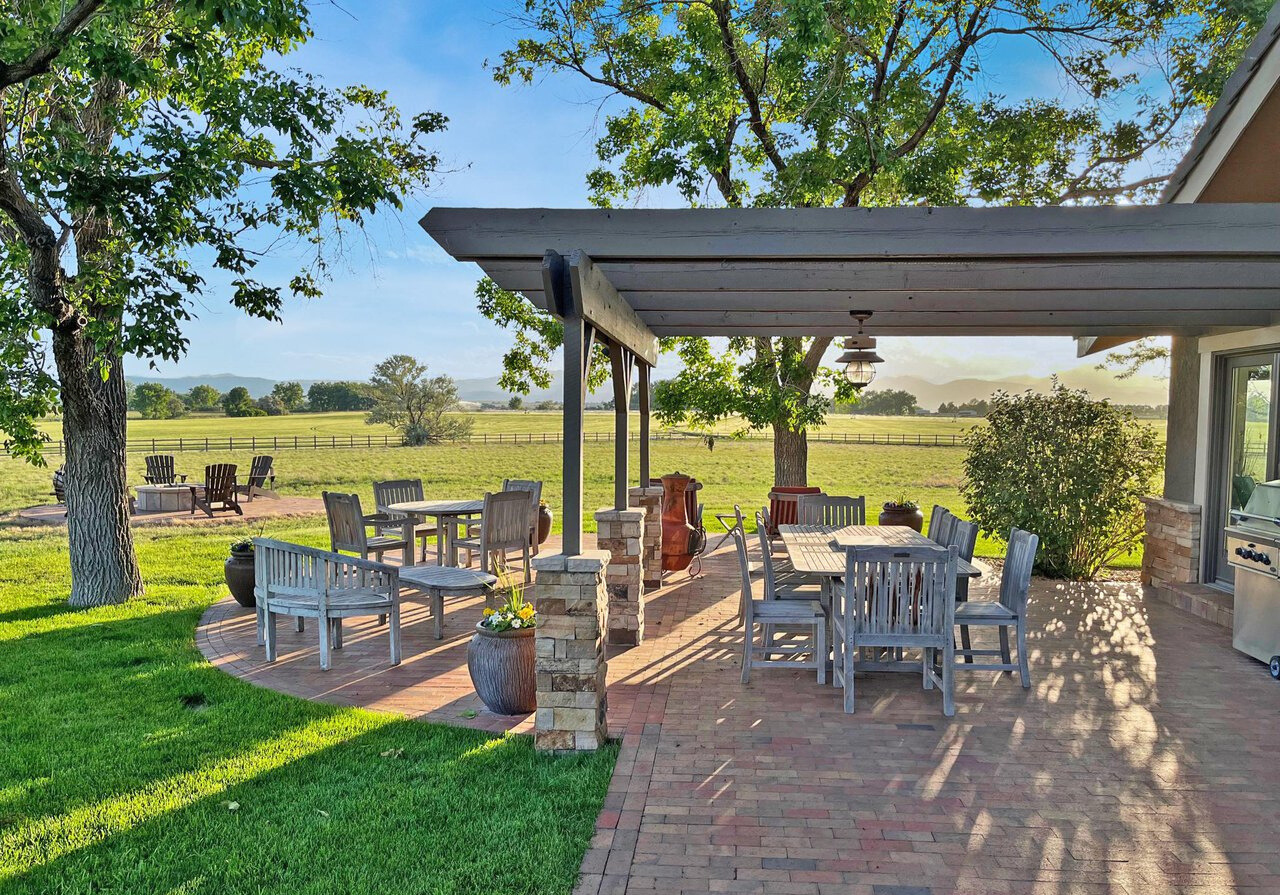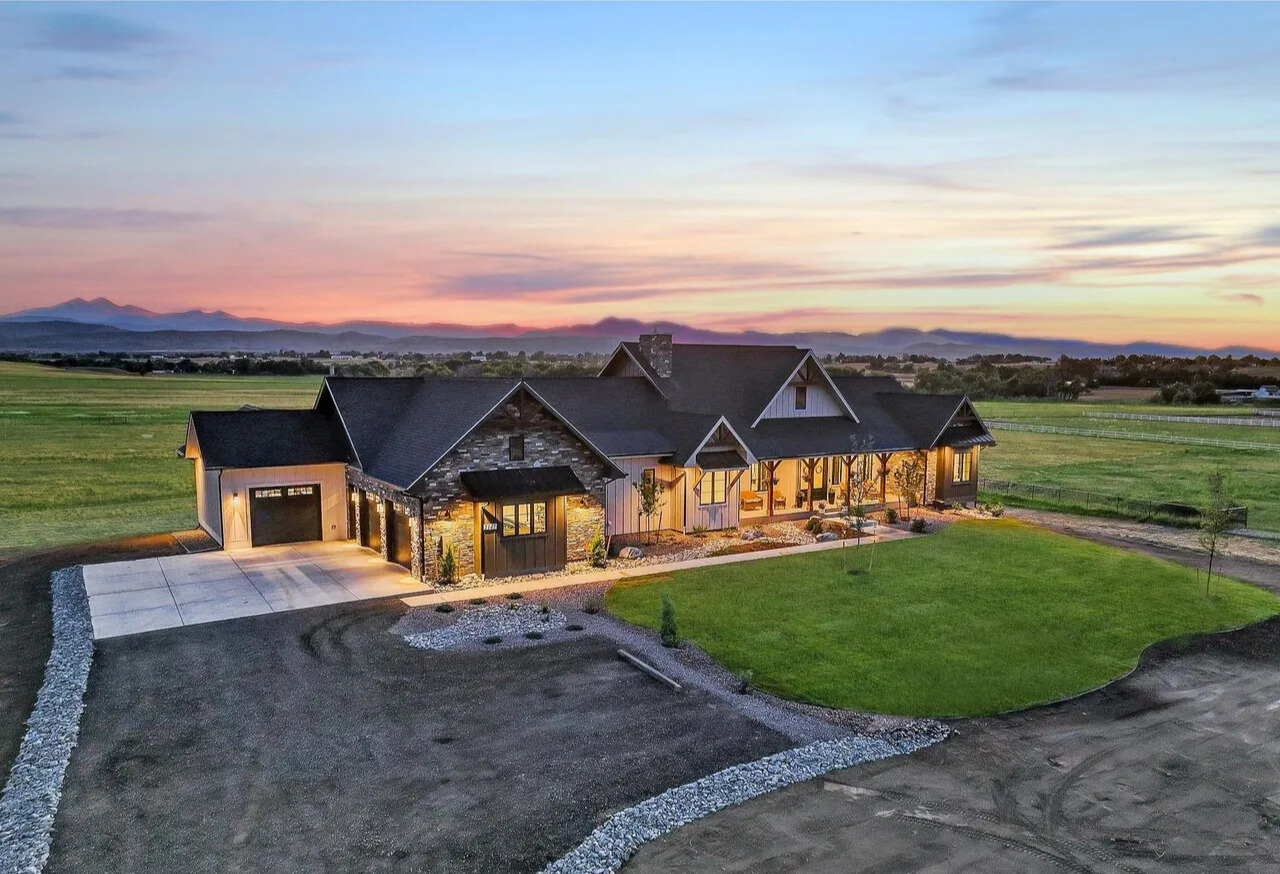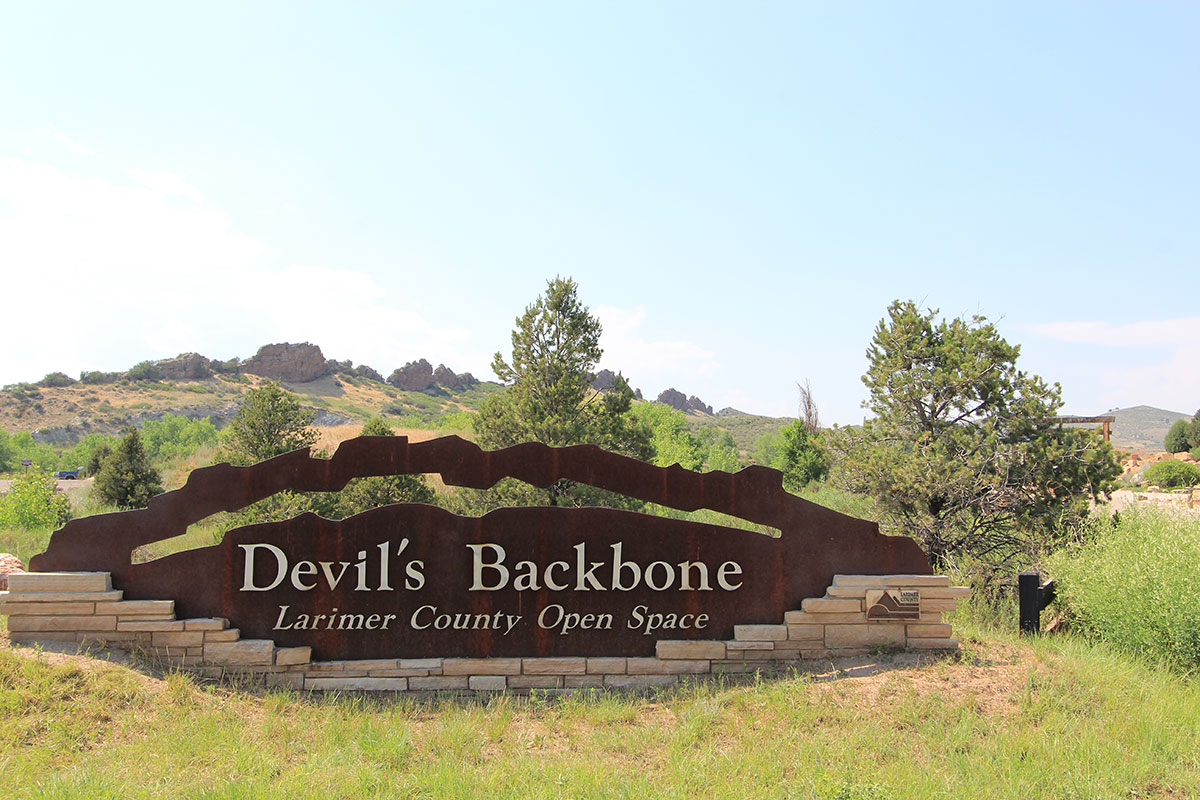Population along the Front Range has been incredible, and Erie is no exception, growing from only 1,260 people in 1990 to 25,000 today. Be sure to check out the Wise Homestead Museum, touted as one of the best examples of Western Victorian architecture in the state.
Prior to the 1870s, and the development of the northern coal fields, settlers living along Coal Creek eked out their living as farmers or merchants. The few communities existing along the front range were miles apart by stagecoach or horseback.
Throughout the 1860s, stagecoach companies delivered freight, mail, and passengers to destinations along the foothills. The Overland Stage traveled from Denver to Laramie each day, following much the same route as the present U.S. Highway 287. Contact with distant friends and relatives improved with the coming of the railroad to Erie in 1871. Even after its arrival, however, travelers heading to Longmont had to continue on by stagecoach or spring wagon. Those bound for Boulder detrained at the Erie terminal and boarded a stage for the final destination.
Social interaction among early settlers was limited, and families traveled great distances to attend church, school or grange meetings. Many relied on circuit-riding preachers to bring them the gospel once or twice a month. Such a man was Reverend Richard Van Valkenburg, civic leader and a founder of Erie, Colorado. Having spent many years as a Methodist preacher in the coal towns near Erie, Pennsylvania, the reverend thought it fitting to bestow that name on its western counterpart.
The original plat for Erie was filed in 1871, following the establishment of the Briggs Mine, the first commercial coal mine in Weld County. Until that time, surface coal had been delivered to its customers by horse and wagon.
It was also in 1871 that the Union Pacific Railroad extended a spur westward from Brighton on its main line between Denver and Cheyenne. Coal from the Erie deposits was needed to fuel their huge steam locomotives. The Boulder Valley Railroad, as it was called then, opened up the northern coal fields for development. Soon, coal from Erie mines was being shipped by rail to markets in Denver and as far east as Kansas City.
WHY BUYING ERIE REAL ESTATE IS RIGHT FOR YOU
Colliers Hill, Parkdale, Canyon Creek, Morgan Hill, Vista Ridge, Wyndham Hill, Arapahoe Ridge, Erie Highlands, and Sunset Village are some of the more popular communities in the Erie area. With Erie’s pivotal geographic advantage to nearby Boulder and I-25, there is much upside to look forward to here. Average home values have increased 77 % in the last ten years.
James has a proven track record in Erie’s real estate market. If you’re looking to buy or sell a property in Erie, look no further and contact James today.

